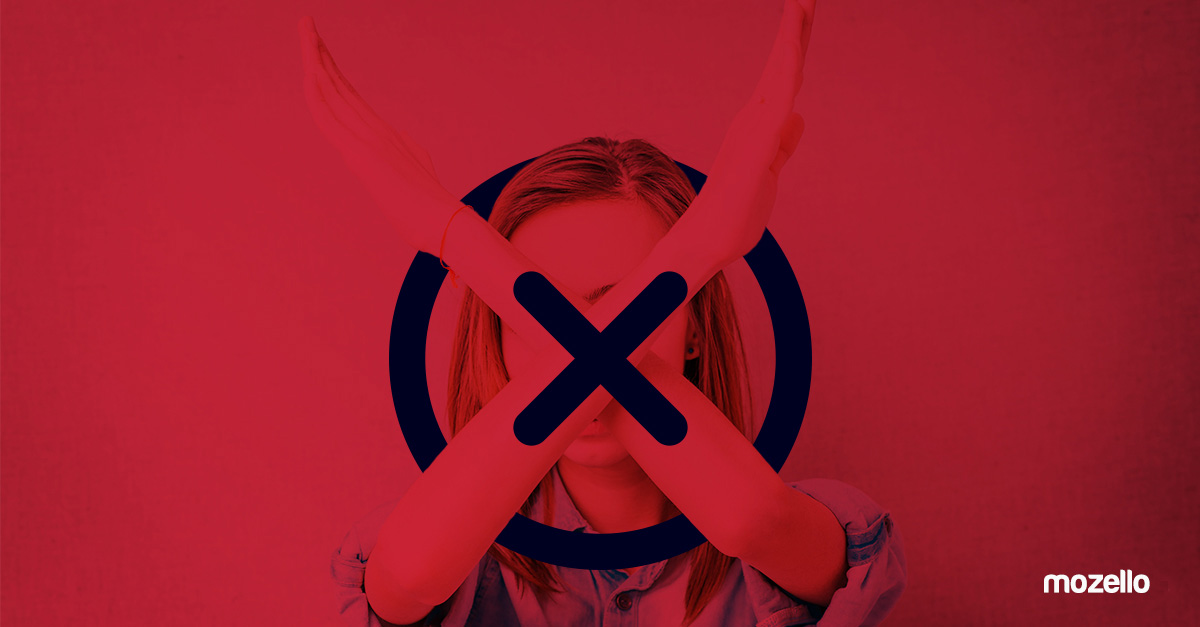In 2018, People Won't Buy Your Goods or Services! What Will They Buy?

If your company has offered goods and services up until this moment, 2018 is the year to make a change. Why? First of all, it happens more and more often that people look for solutions to their problems rather than searching for goods or services. Second, companies that are aware of the need to offer solutions, are getting better at it. It means that train has already left the station! If you don't want to stay on the waiting platform, get your sneakers on and start running to catch that train.
When was the last time you bought something you don't even need?
Surely we've all had those moments when our mind goes blank or an advert is so enticing and genius that we end up buying the product or service that we don't even need - just because we saw them in an advertisement. Imagine how high are the costs to buy one's attention to such an extent! It's a game that could be compared to casino roulette.
Here's a situation - you are at home sipping tea, browsing the internet and a lawn mower ad catches your attention. It's beautiful, powerful and generally so good that you just have to buy it! Oh dear! Forgot to mention that you live in an apartment building. Pretty unreal, right? However, this is exactly how it still goes for companies that offer goods and services rather than solutions to problems.
We really love problems, but we don't like the word "problem"
It's interesting how often we hear: "Let's not call problem a problem! Let's be positive and think of how to say it in different words!" However, the whole concept of business is about problems and problem solving! Only because people have problems, there are solutions that we, entrepreneurs, can offer. Not calling things what they really are, we risk to make huge gap between our business and customer. If a customer comes across the product X or the service Y, it's still unclear to them - will it solve their problem and how?
One of the industries that's already cracked that people want solutions, not goods and services
Weight loss industry is all about addressing the problem - excess weight and all consequences that it causes. And they offer solutions how to improve your health, general feeling and appearance - hence being attractive to the opposite sex, boosting self-esteem, etc.
This industry shows the perfect example on how to talk about a problem and offer a solution. Is it a vibrating ab flex belt? A wonder exercise machine? A wonder shake or pill? Now, that's already a question of a secondary importance.
Side note: We are 100% against such "wonder remedies", but we really can learn a few things from this industry.

Data also proves it - people more often look for solutions rather than goods and services
There are different approaches to the strategy of searching for solutions, depending on the industry. For example, it's more than clear that people won't look for solutions to problems like "what should I cover my feet with when going outside." However, they might encounter a problem like "where to find comfortable footwear", "what are the latest footwear fashion trends" or "which are the best boots for long-distance hikes", etc.
Likewise, data analysis shows that consumers with problems like "how to improve health,"
are open to different kinds of solutions: yoga, jogging, gym, homeopathy, a visit to the doctor's, contrast showers, healthy diet, etc. It means that, having the right approach and pointing out benefits to a certain solution - product or service - this consumer might become a client of certain bio product shop, gym, etc.
In terms of "client journey", this is the moment when the consumer will gain information on all possible solutions - they might be completely miscellaneous; however all of them will give a promise to solve the problem.

Unique selling points or unique benefits from your solutions
Now here's the weirdest part - very often these things are left uncontrolled in free flow both in communication and sales process. "So yeah, we offer stylish, pretty, comfortable, high-quality, beautiful, fashionable, top-quality black and green, and quality shoes..."
A: "But what's so special about them?"
B: "Well, they're high-quality, pretty, stylish and comfortable!"
A: "But your competitors' shoes are exactly the same!"
B: "No! Ours are prettier, more stylish, of higher-quality and much more comfortable!"
A: "Really? How should I know that?"
B: "Well, that's just the way it is!"
In terms of "client journey", this is the moment when the consumer has decided that they need comfortable footwear that, for example, is offered by three companies that they find likeable.
Now, based on the unique selling points offered by all three of them, the potential client is ready to assess from which company they are going to purchase solution to their problem. At this point, the client takes into account not only the shoes, but also the whole complex of the solution: unique benefits from this solution, salesperson's attitude, first impression, communication, other clients' reviews, etc.
Each and every nuance is of high importance at this point. We've come a long way, and it would be just silly to lose the potential client just a few steps before the finish line.
What's next?
Next, you must do everything to keep this client - offering a quicker, simpler and better solution will be way easier and cheaper than making the client to experience the same story all over again. Of course, you must to that, too, to gain new clients. But the existing clients are gold!
A little roundup on how to be efficient
● Just for a moment, forget about the goods and services of your company. Contemplate on and define everyday- and work-life problems that your company is able to solve.
● Still, try not to think about your company's goods and services. Contemplate on and define moments when these problems arise and ways how people would look for solutions.
● Just for a little longer, do not think about your company's goods and services. Contemplate on and make a list on all possible solutions to this problem.
● Finally! Now you should think about your company's goods and services! In what way your solutions (goods or services) can help solving these problems?
● Go deeper! In what way your solutions are better than those of others?
There, now you have done already 20% of the race!
To be continued! If you've come this far, but still have no idea how to put all of this information in practice, we will soon provide part 2 of this article with some ideas and examples on how to use this information in real life or rather - in real business.
